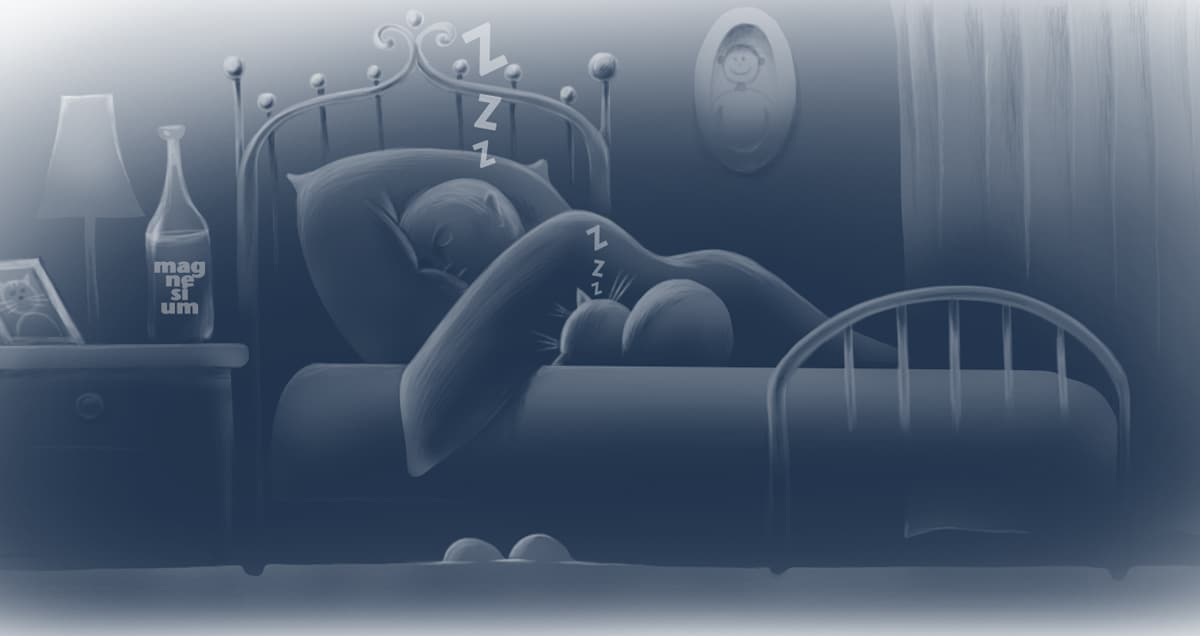
You’ve seen the stock photos everywhere: someone (usually a woman) in pajamas in a dark kitchen, with just the refrigerator light glowing in front of her, highlighting whatever bowl of fatty, carb-y junk food she’s guiltily considering. If the rest of us could participate in whatever kind of night-eating these stock models are apparently doing – the kind where they’re all still thin and beautiful and have perfect hair even in the middle of their late-night kitchen raids – then maybe the late-night cravings wouldn’t be so bad. But in the real world, night cravings are much less glamorous, and much more invasive.
They’re also a great example of how the modern food environment is a “perfect storm” of factors that creates unhealthy or maladaptive eating behavior. Here’s how it works and what you can do about it.
What Causes Late-Night Cravings
Most people are familiar with the midnight sugar attack. While some people do crave junk food in the morning, and other people just keep craving it all day, the most common pattern is for the cookies to start looking better and better as the day goes on.
In fact, in extreme cases this, there’s actually a diagnosable eating disorder. Night Eating Syndrome (NES) includes symptoms like:
- Eating large amounts (25% or more) of your total daily food intake after dinner.
- Waking up in the middle of the night to eat.
- Not feeling hungry in the morning, but being ravenous at night.*
- Problems getting to sleep (which may or may not be relieved by eating).
*N.b. some people are naturally not breakfast people and that’s OK. But if you’re not hungry in the morning and have ravenous uncontrollable cravings at night, it may be the sign of a problem.
This is all assuming that the person is aware that they’re eating and remembers it in the morning – sleep-eating is a different problem (technically called Nocturnal Sleep-Related Eating Disorder, or NSRED, if you’re interested in looking it up). NES is strongly associated with obesity and diabetes, for fairly obvious reasons.
Not everyone who craves sugar late at night has an eating disorder – that would basically make everyone “disordered.” But it’s not all that uncommon either: around 1-2% of normal-weight people and a much higher percentage of people with obesity have NES. And even people without a diagnosed disease still have late-night cravings that disrupt their lives and make healthy eating much harder to maintain.
So disordered or not, what causes late-night food cravings?
- Circadian disruption. Your body has multiple internal clocks that govern pretty much everything, including wakefulness, sleepiness, and hunger. These clocks are regulated by external signals – for example, bright light is a signal to be awake, and dim light is a signal to wind down and be sleepy. Eating is also a signal to be alert and awake. Ideally, the hormones governing all these cycles are in sync with each other, so you would want to eat earlier in the day when you need to be awake, and then feel less hungry at night when you need to be asleep.
Patients with NES have a normal cycle of sleep/wake hormones, but a delayed pattern of appetite hormones and food intake. In particular, their levels of ghrelin (a hormone that makes you feel hungry) are lower in the morning, so they don’t get hungry for breakfast the way that biologically normal people do. Their hunger is delayed by several hours, so they get hungry in the evening, and eat, which messes up their sleep schedule because food is a signal to wake up. That creates more hormonal problems, and turns into a vicious cycle.
- Breakdown of cognitive control/ “willpower.” Many people are still clinging to the idea that dieting is about “willpower” (it’s not. It’s about habits.) They try to white-knuckle through every single day, and their willpower inevitably peters out when in the evening they’re tired.
- Stress and negative mood. We used to live in a world of occasional acute stress. Now we live in a world of constant chronic stress. Stress builds up over the day, and it has a noticeable effect on night cravings. For example, in one study, alleviating stress through progressive muscle relaxation actually improved night eating.
- Gut flora. Between the lack of probiotic foods, the antibiotics you know you’re taking, the antibiotics you don’t know you’re taking (e.g. in factory-farmed meat), the stress, the gut irritants, and all the other problems, modern life is hard on your gut flora. So how does this affect night eating specifically? Night eating is associated with disturbances in the hormone serotonin; in fact, one treatment for NES is SSRIs (Selective Serotonin Re-uptake Inhibitors). Guess where 90% of your serotonin comes from? Your gut. Anything that dings your gut flora is going to be bad news on the serotonin front as well.
Most of these problems can basically be traced back to “modern life.” Night cravings and night eating are at least partly symptoms of our environment. We throw off our circadian rhythms by staying up late at night staring at computer screens. We live in an environment where “willpower” is necessary to make good food choices – for someone in the actual Paleolithic, there would be no need for that at all, because there wouldn’t be any Oreos to resist in the first place! We’re bombarded by chronic stressors and gut disruptors
Managing Night Cravings
The list of problems should already clue you in to some potential solutions, but just in case, here are some strategies to try. Something like late-night light exposure or gut-disrupting foods might be part of your environment, but that doesn’t mean you have no control over it.

For retraining healthy circadian rhythms:
- Practice good sleep hygiene and avoid bright blue light (read: computer screens, smartphones…) at night.
- Try eating in the morning even if you aren’t hungry. This helps retrain your stomach’s internal clock to know when the right time to eat is. It may really stink at first to eat when you don’t want food, but keep at it; eventually your body will adjust.
- Some studies suggest that bright light therapy early in the morning is helpful for treating NES.
For addressing the mental and psychological causes:
- Stop trying to diet with “willpower” and start making good habits. If you want to be your best, plan for yourself at your worst, and set up your life so that even the worst possible “you” would still have a decent shot at making good decisions.
- Practice effective stress management.
For healing your gut:
- Here are 5 easy ways to help out your gut flora.
- The other steps above will also help with gut healing.
Summing it Up
Night eating and late-night cravings aren’t the result of insufficient willpower – if we had to rely on “willpower” to avoid eating at night, everyone would be a night eater. These are very complex problems of hormone dysregulation, and they’re not entirely under anyone’s conscious control. Many of the contributing factors to night eating (e.g. circadian disruption, gut flora issues) are direct results of the modern environment.
If you have an eating disorder, go see a professional who can help you. But if you’re just one of the many people struggling with night-time cravings, then the suggestions above might be helpful for getting your sleep/wake and appetite hormones back in sync, so you don't need to fight them off with "willpower" in the first place.





Leave a Reply